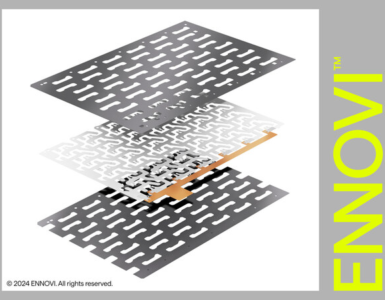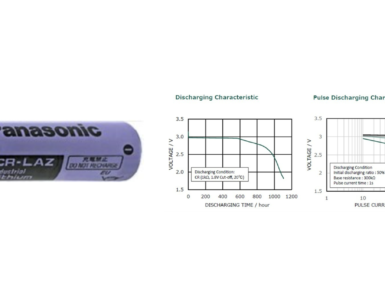World energy storage day: fixing flaws in li-ion batteries.
Energy storage is a key enabler for the ongoing electrification of carbon-intensive sectors, namely the automotive and energy industries. Developments in energy storage are driven by the increased uptake of EVs and the balancing of renewable electricity grids to provide power during low solar and wind periods.
IDTechEx have developed a comprehensive portfolio of energy storage research to help clients make strategic business decisions and capitalize from these innovations.
Energy-dense battery technologies like lithium-ion have opened new avenues for portable electronic devices, electric mobility, and stationary storage. IDTechEx have forecasted lithium-ion battery demand to reach over 2500 GWh for electric vehicles alone. However, the uptake of lithium-ion batteries is not without cost – they still present both technological and environmental problems.
🔥 What about we co-host a webinar? Let's educate, captivate, and convert the battery economy!
Batteries News is the global go-to online magazine for the battery industry, we can help you host impactful webinars that become a global reference on your topic and are an evergreen source of leads. Click here to request more details
Recycling and the circular economy
Mining cobalt and lithium for lithium-ion batteries is far from environmentally friendly. Most cobalt comes from mines in the Democratic Republic of Congo, where mining pollution issues are compounded by human-rights violations.
Lithium mining has a big impact on regions with scarce water reserves due to the large amounts of water the extraction process requires. There are further environmental implications of the traditional battery supply chain when considering the route by land and sea that some materials travel before reaching the battery cell manufacturer to form finished products.
Recycling solves this problem by ‘closing the loop’ in the supply chain. Companies can recover valuable metals from end-of-life batteries and scrap from battery manufacturing and are currently developing more environmentally friendly processes to do so.
Recyclers profiled by IDTechEx, including Battery Resourcers and American Manganese, employ acid leaching and solvent extraction in their hydrometallurgical processes. These processes have lower energy requirements than purely pyrometallurgical techniques used by recyclers in the past, which involve smelting the metal down causing value to be lost.
This solution can be further optimized by co-locating battery recycling facilities with manufacturing facilities to allow more recycling of production scrap.
Increasing circularity in the lithium-ion battery supply chain will reduce environmental concerns of the technology. However, further action must be taken to improve the sustainability of battery metal mining until there are sufficient quantities circulating the supply network.
Additionally, as battery chemistries develop, recyclers will have to adjust their processes accordingly, and wasting undesirable metals may be inevitable.
The IDTechEx reports “The Li-ion Battery Supply Chain 2020-2030” and “Li-ion Battery Recycling: 2020-2040” address Li-ion battery supply chain and recycling landscape.
World Energy Storage Day: Fixing Flaws in Li-ion Batteries, BOSTON, MA, September 21, 2021








